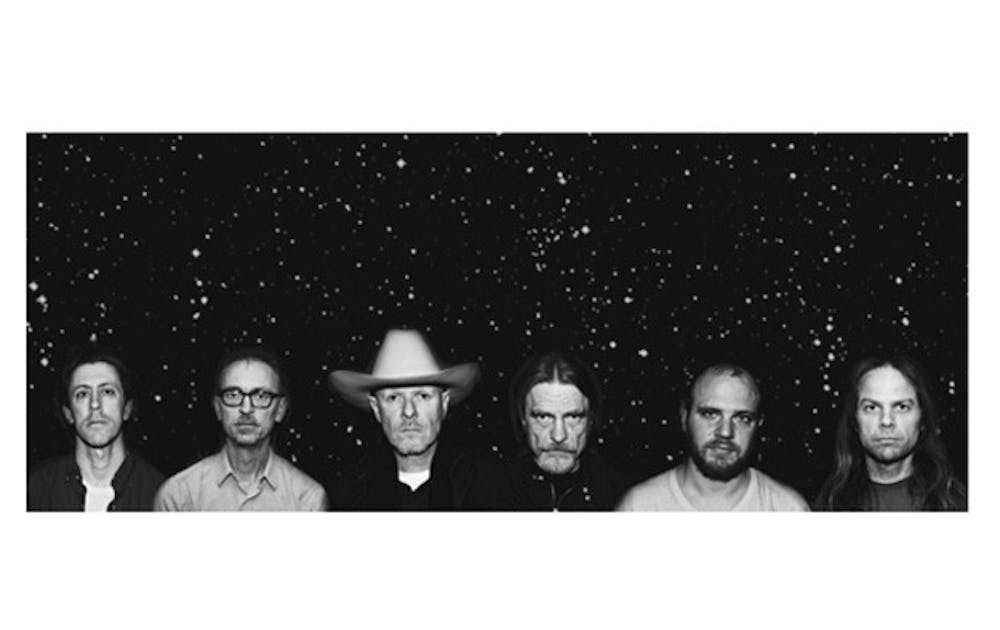Swans can be pigeonholed into any of dozens of different genres. People call them punk, post-punk, industrial, no wave, art rock, experimental rock, metal, the list goes on. I just call them Michael Gira. Formed in 1982 as frontman and guitarist Michael Gira’s brainchild, Swans has been around for 30 years and has seen many members, and Gira is the only constant. Despite a long hiatus in the late ‘90s and ‘00s, Michael Gira is back with his twelfth studio album, The Seer. He sees the album as his magnum opus, the culmination of every Swans album before it.
I see this album as Gira’s challenge to what most people consider music. There’s no consistency to the rhythms or melodies. The singing sounds more like a chorus of zombies chanting incantations than anything else. Each track is more of a collection of sounds, congregating to form a cohesive unit of noise, rather than a song in the classic sense. Clocking in at 1:59:34, The Seer takes the listener on a sonic journey through Gira’s imagination. The album is split up into eleven tracks lasting anywhere from just over a minute, to the title track, which goes for a whopping 32:14.
Gira knew what he was doing. Every sound was chosen for a reason, though damned if I know. Towards that end, Gira tapped many exotic instruments not common in rock music. These include bells, accordion, clarinet, dulcimer and bagpipes. He also makes use of the human voice as percussion, panting in rhythm for the first four-and-a-half minutes of the track “Mother of the World.” The album begins with an almost classical-sounding introduction with the track “Lunacy,” giving the listener the idea that he is about to embark on an epic musical journey; which is true, if you can call the album music. The sound then degrades to Gira repeatedly chanting the phrase “Lunacy” for a few minutes until the song melds into the beginning of the next track, “Mother of the World.” This track then builds sounds and tears them down for almost ten minutes before abruptly shifting to the interlude “The Wolf.”
Gira then breaks into the album’s epic title track. “The Seer” extends for over a half an hour and is musically grueling. Gira intentionally invokes fear, using droning, slow, monotonous sounds and repeating the daunting phrase “I see it all” without changing pitch for minutes. The album continues lethargically, each song indistinguishable until the finale, “The Apostate,” which is the heaviest and most intense song on the album. It takes its time building tension until, finally, it drops an abrasive drum beat through the cacophonous noise and creates a smooth bass line in concert with the drums. Just when the song starts to fade out, blaring drums come in for another minute to close out the exciting track.
It is hard for someone who has not ever listened to Swans before to fully appreciate the message Gira attempts to send. Some call this album an absolute classic; a masterpiece. Others call it garbage. Personally, I’m not sure what to think. I can respect what Gira is trying to do by pushing the boundaries of what music is and isn’t; however, I found the album a chore to listen to, and there were very few moments where I truly enjoyed it.
Get The Chronicle straight to your inbox
Sign up for our weekly newsletter. Cancel at any time.

